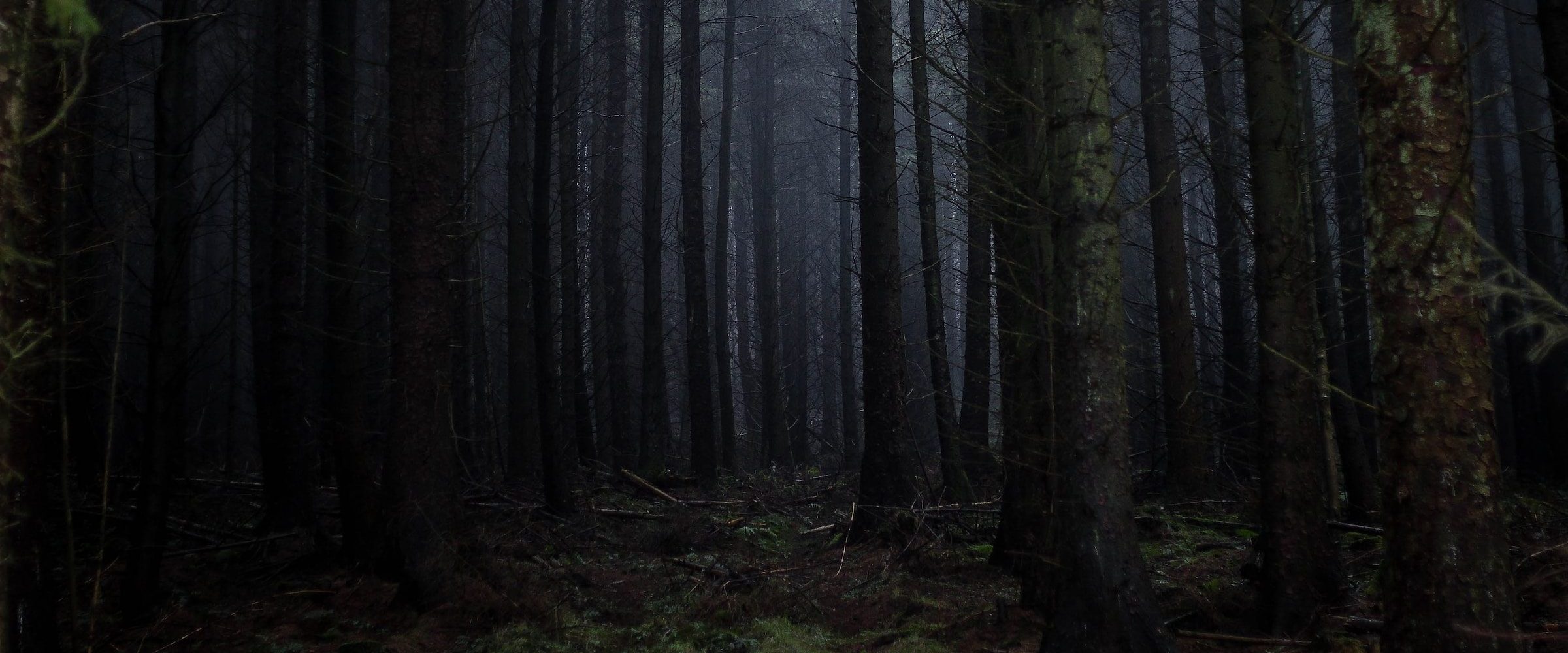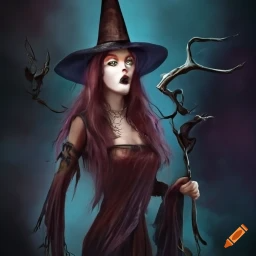Werewolves, often depicted as humans who can transform into wolves or wolf-like creatures, have been a part of global folklore for centuries. These shapeshifting beings straddle the line between human and animal, embodying primal instincts and fears. In this comprehensive exploration, we will delve into the origins, cultural significance, and the evolving portrayal of werewolves in literature, film, and other forms of media.
Historical Origins:
The origins of the werewolf myth can be traced to various cultures throughout history. Here are some of the key historical and cultural elements that contributed to the development of these legends:
- Ancient Greece and Rome: In Greek mythology, the story of Lycaon, the King of Arcadia, who was turned into a wolf by Zeus as punishment for serving him human flesh, may be one of the earliest references to werewolves. The term “lycanthropy” is derived from Lycaon’s name. Similarly, in Roman mythology, there is a tale of a man named Virgil who was transformed into a wolf as a punishment by the god Jupiter.
- Norse and Germanic Mythology: In Norse mythology, there are accounts of people who could change into wolves or bear the characteristics of wolves. The Norse term “berserker” is sometimes associated with these wolf-like warriors who fought with animalistic ferocity.
- Medieval Europe: During the Middle Ages, the concept of werewolves became intertwined with notions of witchcraft and lycanthropy, leading to fears of individuals who could transform into wolves. These beliefs often led to witch hunts and executions.
- Slavic Folklore: In Eastern European folklore, particularly in regions like Serbia and Russia, tales of the “vulkodlak” or “vlkodlak” told of individuals who could transform into wolves.
- Native American Legends: Indigenous cultures in North America had their own variations of werewolf myths, often featuring skinwalkers or shapeshifters with the ability to assume animal forms.
Werewolves in Literature:
The written word has played a significant role in shaping the modern concept of werewolves. Here are some notable literary works and authors that have contributed to the werewolf mythos:
- Marie de France – “Bisclavret” (12th Century): This medieval French poet is often credited with writing one of the earliest werewolf stories. “Bisclavret” tells the tale of a man who transforms into a wolf.
- The Brothers Grimm: The Grimm Brothers collected and published folklore from Germany, including tales of werewolves. These stories were significant in preserving and popularizing the werewolf legends of the region.
- Gerald of Wales – “Topographia Hibernica” (12th Century): Gerald of Wales’s account of Ireland includes a story of a werewolf, providing insight into how these myths were integrated into regional folklore.
- Bram Stoker – “Dracula” (1897): While not a traditional werewolf story, Stoker’s novel introduced the idea that vampires could transform into wolves, adding a layer of complexity to the supernatural beings in the story.
- Angela Carter – “The Company of Wolves” (1979): Carter’s short story collection “The Bloody Chamber” explores the feminist reinterpretation of classic fairy tales, including the story of Little Red Riding Hood and her interaction with a werewolf.
- Stephen King – “Cycle of the Werewolf” (1983): King’s novella weaves a modern werewolf tale set in a small town, showcasing the horrors and transformations of a lycanthropic killer.
- Anne Rice – “The Wolf Gift” (2012): Known for her vampire series, Rice delves into werewolf mythology with “The Wolf Gift,” exploring the supernatural transformation of the protagonist into a creature with both human and wolf-like characteristics.
These literary works have contributed to the development of the werewolf mythology and have offered diverse interpretations of these shapeshifting beings.
Werewolves in Folklore:
Werewolf legends have roots in various regions and cultures, and they often vary in the way they describe the transformation and behavior of these creatures. Some notable examples include:
- The Loup-Garou (France): French folklore includes tales of the Loup-Garou, a werewolf figure. The term “Loup-Garou” translates to “wolf-man.”
- The Wulver (Scotland): In Scottish folklore, the Wulver is a kind-hearted werewolf who leaves fish on the windowsills of poor families.
- The Volkodlak (Slavic): The Volkodlak, similar to the European werewolf, is a creature in Slavic folklore with the ability to change between human and wolf form.
- The Skinwalker (Navajo Nation): In Native American legends, the Skinwalker is a malevolent shapeshifter with the power to assume the form of various animals, including wolves.
- The Rougarou (Louisiana, USA): The Rougarou is a werewolf-like creature from Cajun folklore in Louisiana. It is said to appear during the full moon.
These regional variations reflect the diverse ways in which the werewolf myth has been adapted and embraced by different cultures.
Werewolves in Popular Culture:
Werewolves have made a significant impact on popular culture, with their shapeshifting abilities and duality between human and beast. Some key trends and developments in the representation of werewolves include:
- Horror Films: Classic horror films like “The Wolf Man” (1941) starring Lon Chaney Jr. have contributed to the iconic image of the werewolf as a tortured soul cursed with lycanthropy.
- The Transformation: Many depictions of werewolf transformations involve gruesome and painful changes, emphasizing the horror of the condition.
- Teen Wolf and The Howling: Films and television series like “Teen Wolf” (1985) and “The Howling” (1981) explored the coming-of-age themes of lycanthropy.
- Literary Series: The “Women of the Otherworld” series by Kelley Armstrong and the “Mercy Thompson” series by Patricia Briggs have introduced modern readers to engaging werewolf characters.
- Urban Fantasy: The subgenre of urban fantasy has seen an influx of stories featuring werewolves in contemporary settings, exploring their relationships with other supernatural beings and human society.
- Video Games: Werewolves have appeared in various video games, such as “The Elder Scrolls V: Skyrim,” where players can become werewolves and use their enhanced abilities.
- Folk and Metal Music: Werewolf themes have also been embraced in folk and heavy metal music, often associated with themes of rebellion, transformation, and primal instincts.
- Online Communities: Fans of werewolf lore can connect through online forums, social media groups, and fan fiction communities to discuss and explore these mythical beings.
Werewolf Themes and Symbolism:
Werewolves embody a variety of themes and symbols in literature, film, and folklore. Some common themes and symbolism associated with werewolves include:
- Duality: The most apparent theme is the duality between the human and wolf-like aspects of the werewolf. This duality can reflect the inner struggles and conflicts within individuals.
- Animal Instincts: Werewolves often symbolize primal and animalistic instincts, including aggression, desire, and survival.
- Curses and Transformations: The transformation from human to wolf is symbolic of sudden and unexpected changes in one’s life.
- Moon Phases: The association with the full moon is a common theme in werewolf mythology, reflecting the idea that the moon’s influence triggers the transformation.
- Sexuality: Some interpretations of werewolf lore incorporate themes of sexual awakening and desire, particularly in the context of female werewolves.
- Lycanthropy as a Metaphor: The condition of lycanthropy can serve as a metaphor for real-life issues such as mental illness, addiction, and societal pressures.
The Scientific Perspective:
From a scientific perspective, lycanthropy, or the ability to transform into a wolf, is considered a fictional concept. The physical transformation of a human into a wolf, as depicted in folklore and popular culture, defies the laws of biology and physics. While there are conditions that can cause changes in physical appearance or behavior, none of them match the supernatural portrayal of werewolves.
However, the myth of the werewolf persists as a testament to humanity’s fascination with the unknown and the primal aspects of our nature. Werewolves serve as a reflection of our fears and desires, allowing us to explore the boundaries of humanity and animal instinct through storytelling and mythology.
Conclusion:
The enduring appeal of werewolves, with their rich history and cultural significance, reflects the depth of human imagination and our timeless fascination with the supernatural and the enigmatic. Whether they embody horror, coming-of-age tales, or complex explorations of duality, werewolves continue to captivate our collective imagination. These shapeshifting creatures straddle the line between human and beast, allowing us to explore our own primal instincts, fears, and desires. From ancient myths to modern portrayals, werewolves remain iconic figures in our shared folklore, transcending time and place to feed our enduring appetite for the mysterious and the uncanny.





Leave a Reply